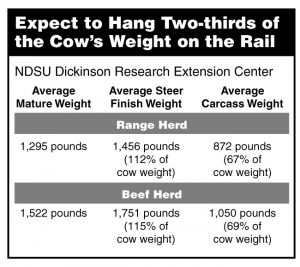– Michelle Arnold, DVM (Ruminant Extension Veterinarian, UKVDL), University of Kentucky
In the United States, more than 17 million bulls are castrated yearly that range in age from 1 day to 1 year-old. Tetanus (Clostridium tetani infection) is a potentially life-threatening neurologic disease affecting all species of domestic livestock, including cattle. The clinical signs of tetanus are subtle and often missed until the disease is advanced. At that point, treatment and management of the affected animal is very difficult and the chance for recovery is poor. Recognition of the initial signs of stiff legs, an anxious expression with ears held back toward the poll, moderate bloat, erect tail, and th e unusual “flick” of the third eyelid across the eye leads to an accurate early diagnosis and allows treatment to begin when it is most effective. Any calf castrated with an elastrator band should be given tetanus prevention in the form of either tetanus toxoid (two doses required with the 2nd given two weeks prior to castration), tetanus antitoxin (given the day of banding) or, in some cases, both are Continue reading
e unusual “flick” of the third eyelid across the eye leads to an accurate early diagnosis and allows treatment to begin when it is most effective. Any calf castrated with an elastrator band should be given tetanus prevention in the form of either tetanus toxoid (two doses required with the 2nd given two weeks prior to castration), tetanus antitoxin (given the day of banding) or, in some cases, both are Continue reading




